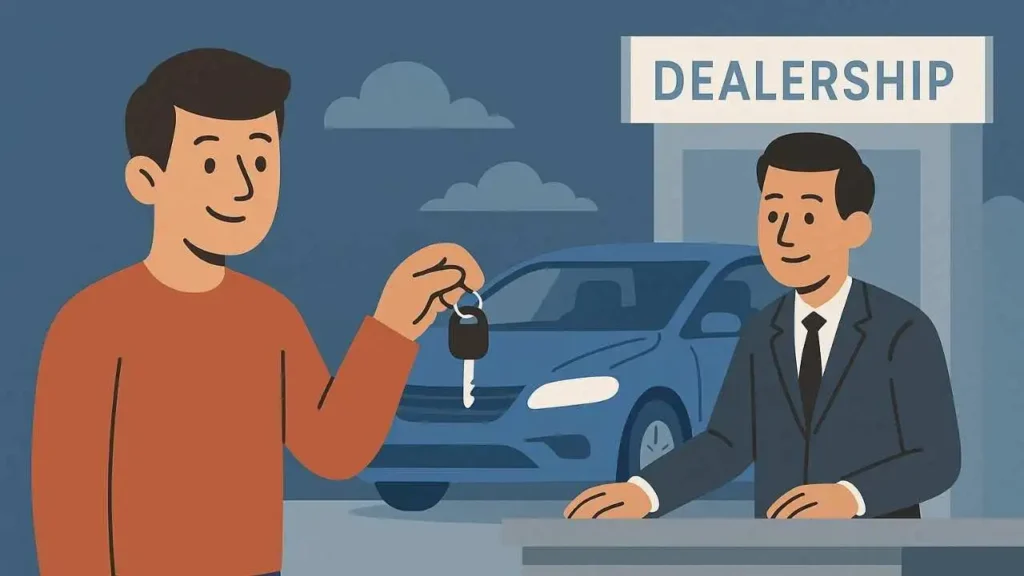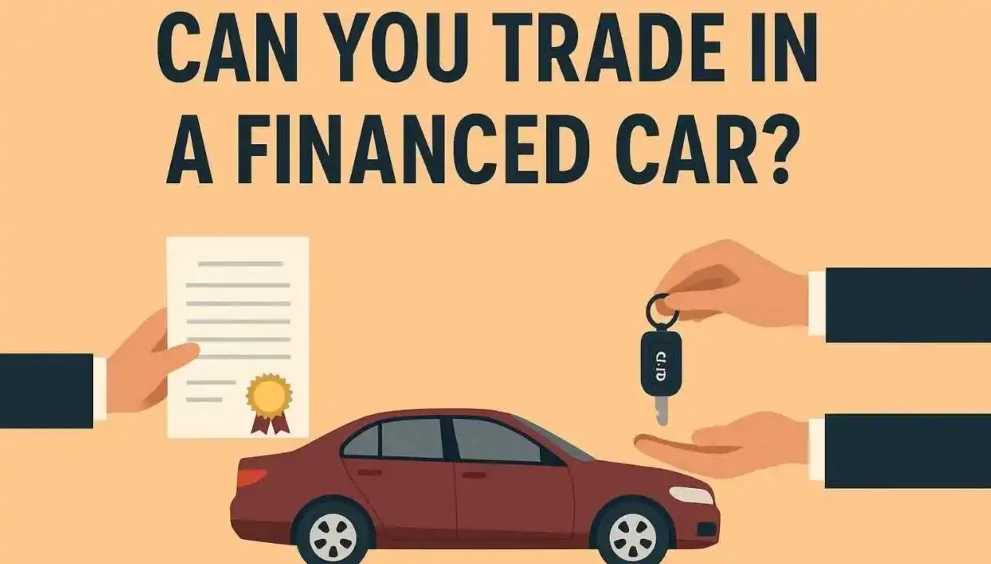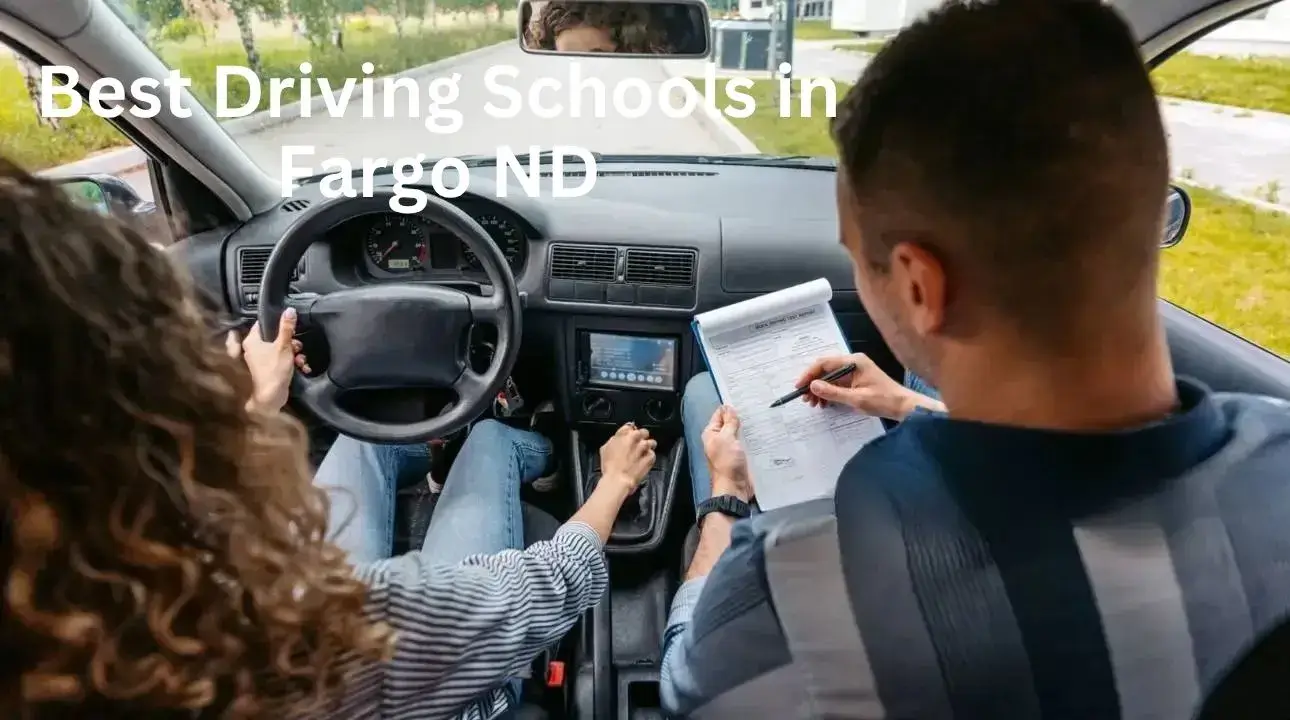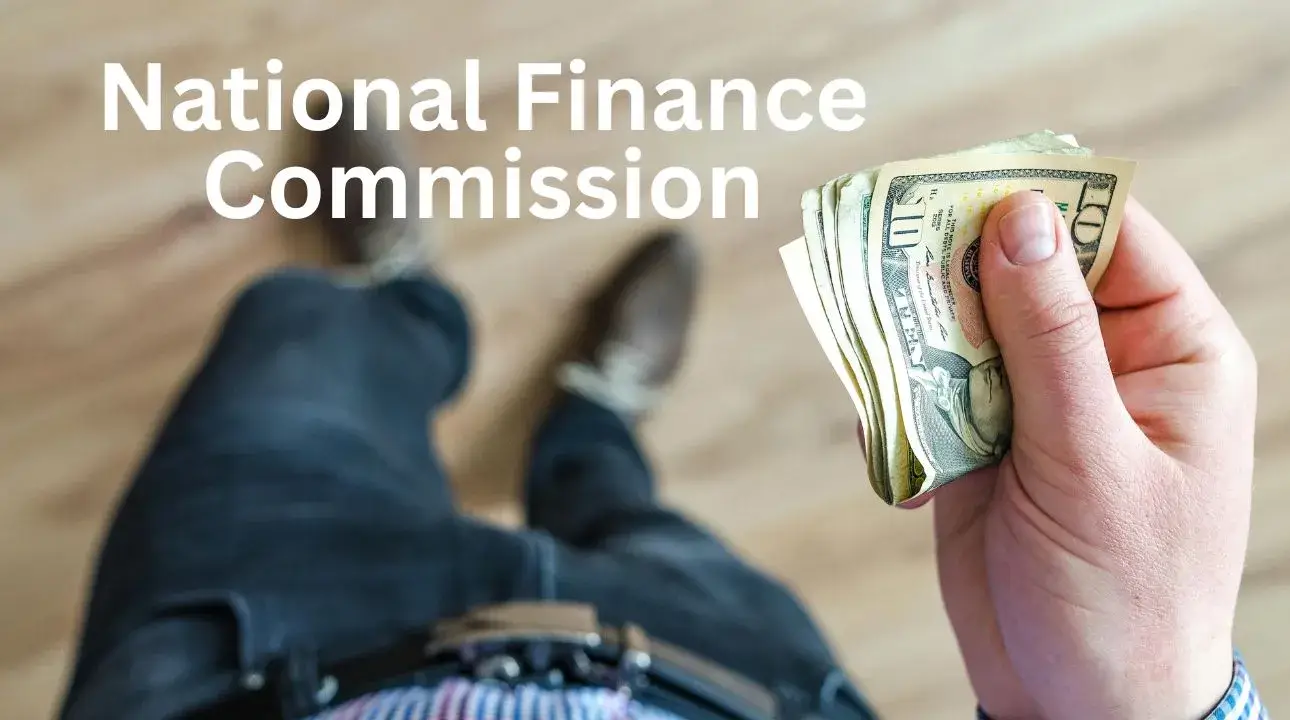Introduction — The Day I Tried to Trade My Financed Car
A few years ago, I made a big decision. I wanted to upgrade my car while I was still making payments on the one I had. I wasn’t sure how it would go, and honestly, I felt a little nervous. The big question in my head was: can you trade in a financed car? Turns out, you actually can. But there are a few important things you need to know before you jump in.
If you’re thinking of trying it too, I’ve got your back. I’ll walk you through everything I’ve learned — what it means, how it works, what mistakes to avoid, and how to get started without getting stuck.
What Is Trading In a Financed Car?
Let’s keep it simple. A financed car means you’re still making payments on it. You don’t fully own it yet—the lender holds the title until it’s paid off. Trading in a financed car means you’re offering that car to a dealership to get another one. The dealership either pays off your remaining loan or rolls it into your new loan—then you leave with a new car.
It sounds easy, right? But the tricky part is how much you still owe and how much your car is worth. That’s where most people get confused.
Read More About > Understanding Boston Premium Finance: What I’ve Learned Firsthand
Why Can You Trade in a Financed Car?
So, why is this even allowed? Well, it’s all about money and contracts. Your car is considered an asset, even if you’re still paying for it. And dealerships love getting trade-ins because they can resell those cars and make a profit.
As long as the dealership can cover your remaining loan (or you roll it into the next one), the lender gets paid, and everyone’s happy. But you need to understand the numbers before you sign anything.

Key Benefits of Trading In a Financed Car
Here’s why some folks (like me) go for it:
- Upgrade Early: You don’t have to wait until your car is paid off to get a newer or better ride.
- Convenience: You skip the hassle of selling the car on your own.
- One Transaction: The trade-in, loan payoff, and new purchase happen all at once.
And sometimes, you just outgrow your car — maybe your family got bigger, or you want something with better gas mileage. Life changes fast.
Common Misunderstandings or Mistakes
Now here’s where it gets real. I made a few mistakes during my first trade-in. You don’t have to.
- Thinking the Loan Just Disappears: Nope. The loan still needs to be paid—either by you or the dealership.
- Owing More Than the Car Is Worth: This is called being “upside down” or having negative equity. It means your loan balance is higher than what the car is worth for trade-in.
- Rolling Over Too Much Debt: You can roll what you owe into your new loan, but it can make your next loan bigger and harder to pay off.
That’s why you need to check how much you owe vs. how much your car is worth before you walk into any dealership.
Real-World Example: My Trade-In Experience
LetLet me tell you exactly how it went down for me.
I still owed $6,000 on my car loan. The dealership offered me $5,000 for the car. That meant I had $1,000 of negative equity. I had two options:
- Pay the $1,000 out of pocket.
- Add it to the new car loan.
I chose the second option because I didn’t have extra cash. But it meant my new loan started $1,000 higher. My monthly payments went up a bit, but I was okay with it because the new car had better fuel economy and fewer repair costs.
It worked for me, but it’s not always the best move for everyone.
How to Trade in a Financed Car the Smart Way
Here’s a step-by-step breakdown:
- Find Out How Much You Still Owe
Give your lender a call and ask for the exact loan payoff amount. - Check Your Car’s Value
Check websites like Kelley Blue Book or Edmunds to get a rough estimate of your car’s value. - Compare the Two
If your car is worth more than what you still owe — you’re in a great position! If not, be cautious. - Visit Multiple Dealerships
Don’t settle for the first offer. Some dealerships offer better trade-in values than others, so it’s worth shopping around. - Ask Questions
Make sure you understand what’s happening to your old loan and what you’ll owe on the new one. - Read Before You Sign
I know it’s tempting to just sign and drive off, but trust me — read everything.
My Final Thoughts — It’s All About Knowing Your Numbers
Trading in a financed car isn’t a problem — but doing it without knowing the details can be. If you understand how it works, compare offers, and make sure the deal fits your budget, it can be a smart move.
For me, it was worth it. I got a newer car that met my needs better. But I also learned to ask more questions, do the math, and not get too excited too fast.
If you’re in the same spot I was — still paying off a car but thinking about trading — just remember: take your time, understand the numbers, and make the choice that fits your life, not just your wants.
Frequently Asked Questions (FAQs)
Yes, you can — but you’ll need to either cover the difference yourself or have it added to your new loan. Just be careful, because rolling it in means you’ll start your new loan already in debt.
Likely not. If your lender is happy and you continue making payments, your credit will be fine. Just ensure that the dealer settles the loan properly.
Yes, and it can be a good one. If your trade-in is valuable enough, it can pay off your loan and reduce your following month’s payment.



